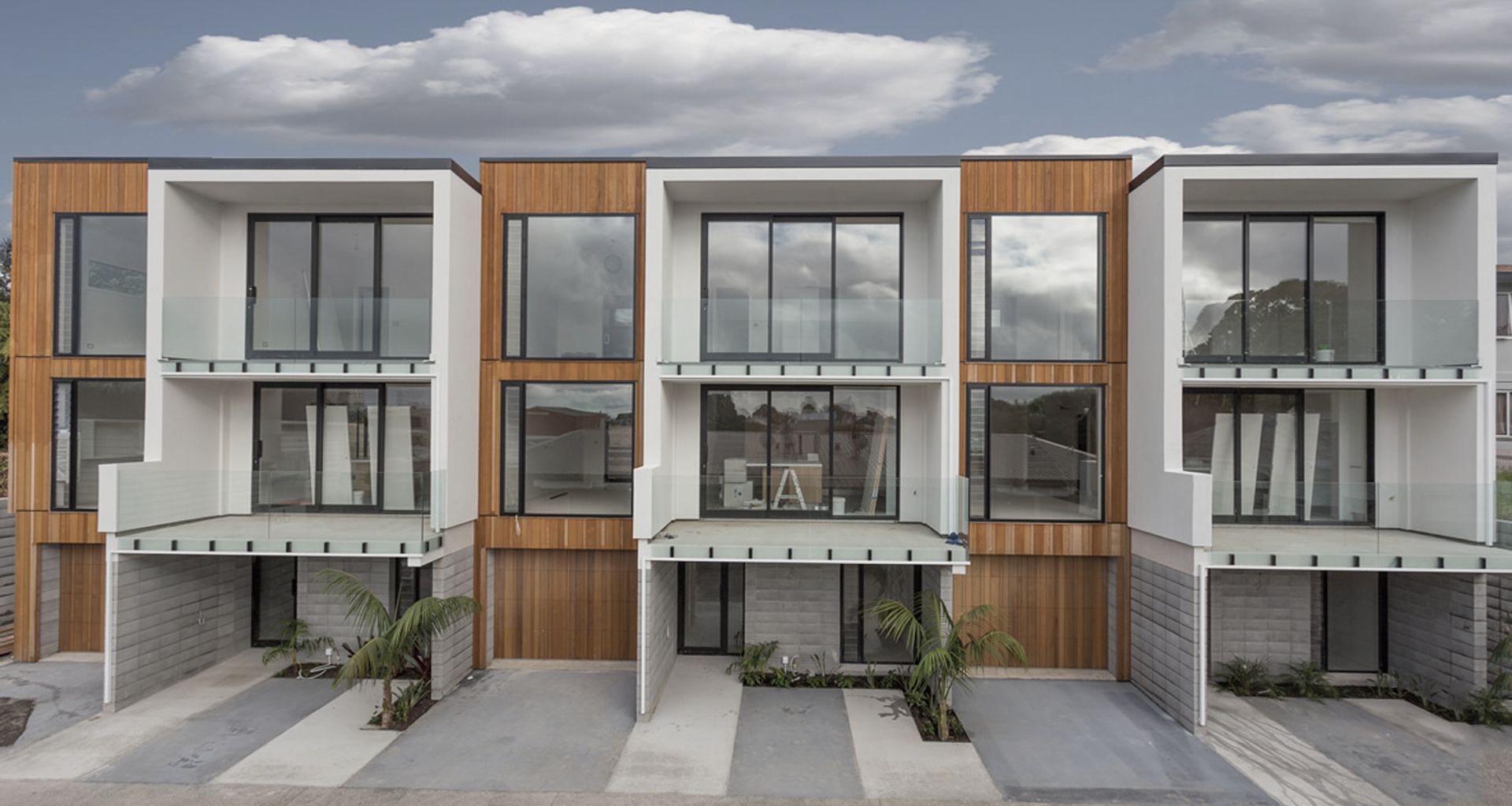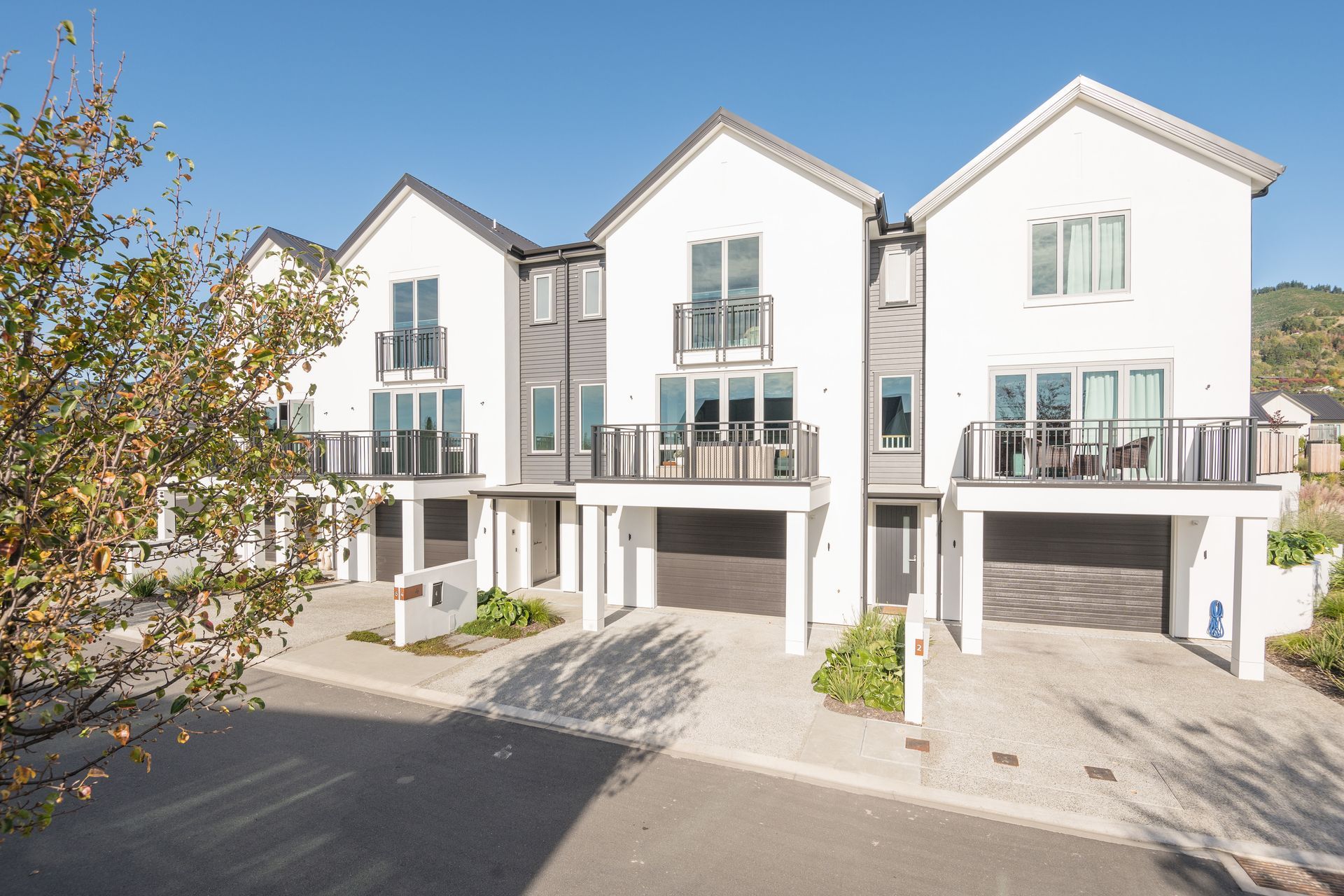Medium density living: How to enhance acoustic and fire performance in apartments and townhouses
Written by
10 May 2022
•
4 min read

The construction of multi-dwelling residential buildings has seen marked increases in past decades, as appetites for apartment living has become more commonplace.
But after the Government’s introduction of the National Policy Statement on Urban Development in 2020, which prioritises the development of medium and high density housing, there’s been a boom in the development of apartment and townhouse buildings in tandem with the policy.
Subsequently, New Zealand’s cities are gearing up for higher density living — and many more people than ever before will be living closer to their neighbours than they ever have.

Less noise, better fire safety
With denser living comes stricter rules on certain construction materials — particularly when it comes to acoustics and fire safety. Ideally, people in apartments wouldn’t hear their neighbours, and if a fire were to start in one unit, the ultimate goal would be to contain it there and prevent it from spreading to other units.
Resene Construction Systems has a solution that addresses both of these issues with their New Zealand designed and engineered INTEGRA Central Barrier Intertenancy System, a proprietary high-performance wall system that provides tested systems for resistance to horizontal fire, as well as acoustic separation between adjacent tenancies in the same building.
Mike Olds, the general manager for Resene Construction Systems, says the solution — designed for medium density dwellings — is straightforward, practical and reliable.
“It covers all your three-storey medium density developments, and it’s very simple both in its materiality and installation,” says Mike. “It has only four components: lightweight concrete, acoustic brackets, mortar and screws.
“Any competent carpenter can install it, and it’s capable of being installed in wet weather conditions too.”
The wall system is ideal for medium density multi-unit developments up to 12 metres in height. But the primary draw, Mike says, is that its fire and acoustic ratings go above and beyond the minimum requirements.
“It has a minimum fire rating of two hours (FRR 120/120/120), and a minimum STC acoustic rating of 64 with a single layer of standard 10mm plasterboard. This acoustic rating can be improved to STC 67 with 13mm plasterboard interior lining,” says Mike. “This well exceeds the minimum building code requirements for buildings of this kind, which is 55.”

A thoroughly tested, high-performance wall system
The core components of the INTEGRA Central Barrier Intertenancy system are the 50mm thick aerated concrete panels and acoustic isolation brackets. The INTEGRA panels and acoustic isolation brackets are installed once the first side of framing is stood up. Once the adjacent tenancy line of framing is stood up, the acoustic separation brackets are fixed in place. The framing then has insulation and plasterboard lining fixed.
The simplicity, coupled with the quality of these materials used in the system, are what sets it apart from similar products — especially, says Mike, its acoustic properties.
“When you're living in a medium density home, you're talking living right next door, and on top of, your neighbours,” he says. “And the last thing you want is to hear the person next door.
“So we acoustically test our products extremely thoroughly — we recognise that it’s absolutely a must-have for those living in apartments, so it’s critically important that we get it right.”
But while good acoustics are important, fire safety is even more crucial. One of the key hallmarks of the INTEGRA system is its ability to contain the spread of a potential fire started in an apartment.
“The materiality of the INTEGRA has been thoroughly tested at the BRANZ fire lab, and is able to prevent the horizontal spread of flames for a minimum period of two hours, achieving an FRR rating of 120/120/120” says Mike.
“This is critical, as it gives residents a chance to escape the building, in the event of a fire, and it gives the fire department time to put the fire out without risking harm to themselves.”
Part of the fire testing that the product goes through involves putting the product into a furnace burning at 1,000°C. The INTEGRA solution successfully emerges from the furnace without structural damage.
“It’s a pretty impressive system,” says Mike. “And gives people the confidence that when it’s used and installed as specified, it's going to outperform the Building Code requirements.”
Learn more about Resene Construction Systems and its INTEGRA Lightweight Concrete Intertenancy System.